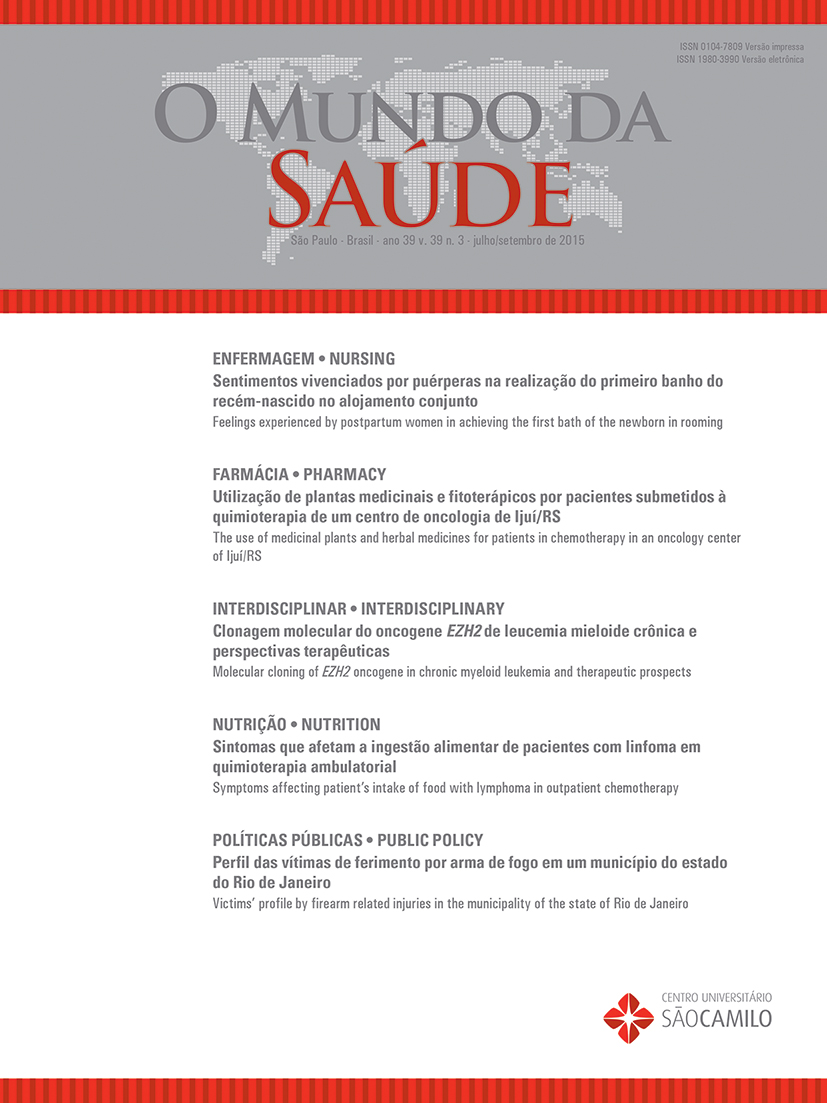Obesity and polysomnographic variables on patients with obstructive sleep apnea
DOI:
https://doi.org/10.15343/0104-7809.20153903299306Keywords:
Obstructive Sleep Apnea, Polysomnography, ObesityAbstract
Obstructive Sleep Apnea (OSA) and obesity are conditions that are gaining importance due to the high prevalence and
influence on individuals’ health. Therefore, the aim of the study was to compare polysomnographic variables among Ob-
structive Sleep Apnea (OSA) patients classified as eutrophic, overweight or obese. Eighty eight patients were evaluated
divided in eutrophic (EG; n=21; BMI=23.4±1.3kg/m2), overweight (OWG; n=34; BMI=27.5±1.4kg/m2) and obese group
(OG; n=33; BMI=33.6±2.9kg/m2) that carried out all-night basal polysomnography for the diagnosis of Obstructive Sleep
Apnea (OSA). The following variables were analyzed: stages 1, 2 and 3 of sleep (N1, N2 and N3), REM sleep, index peri-
odic movements of the lower limbs (PLMS), apnea and hypopnea (AHI), AHI in REM sleep (AHIREM) and micro-arousal
rates (MAR). The OG presented an increase of the N2 (p=0,036), of the AHIREM (p=0.001) and of the MAR (p=0.004), in
comparison to EG. The AHI was larger in the OG than in the EG (p<0.001) and in the SG (p=0.014). The OG presented
reduction in the N3 in relation to the EG (p=0.016) and SG (p=0.003). There was a significant correlation of the BMI with
the N2 (r=0.30), with the AHI (r=0.49), with the AHIREM (r=0.37), with the MAR (r=0.37) and with the N3 (r=-0.38). The
obesity has been associated with the increase in the number of apneas and hypopneas, micro-arousals, and time of stage 2,
and the reduction in time of stage 3 of sleeping. The combination of these changes demonstrates low quality of sleep on
obese individuals, in relation to eutrophic or overweight individuals.






























